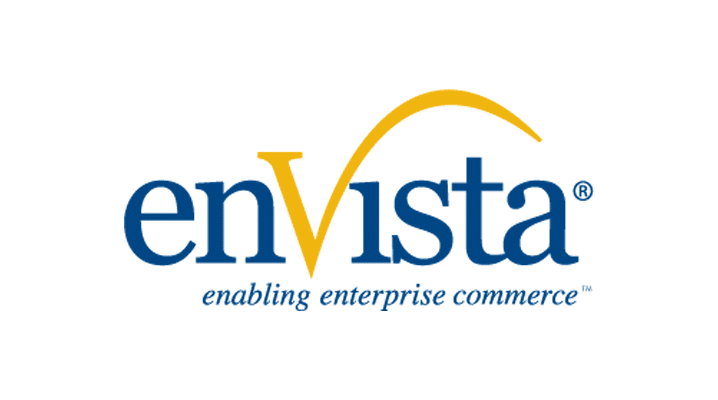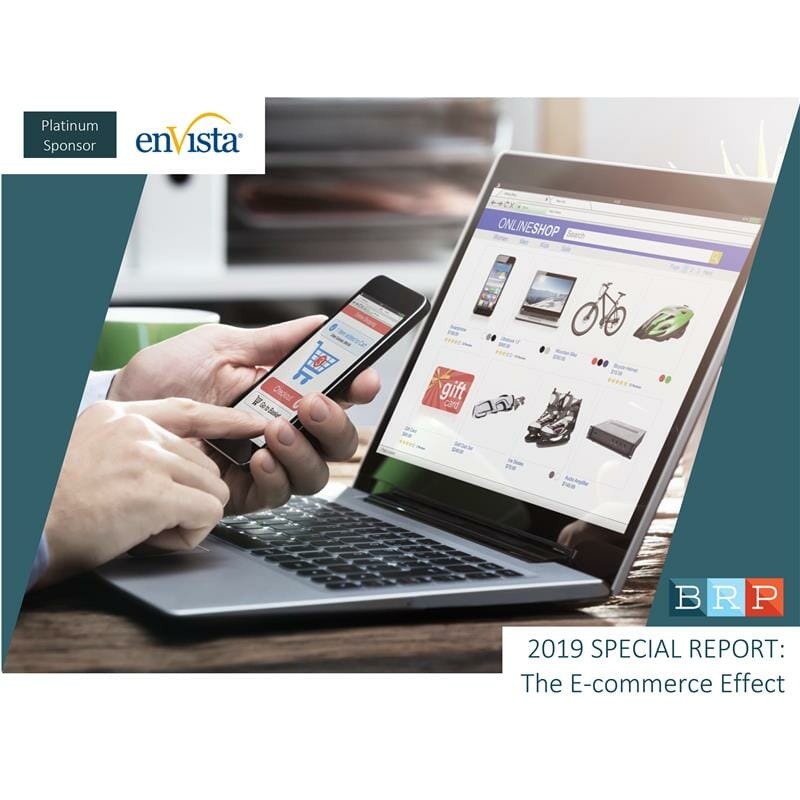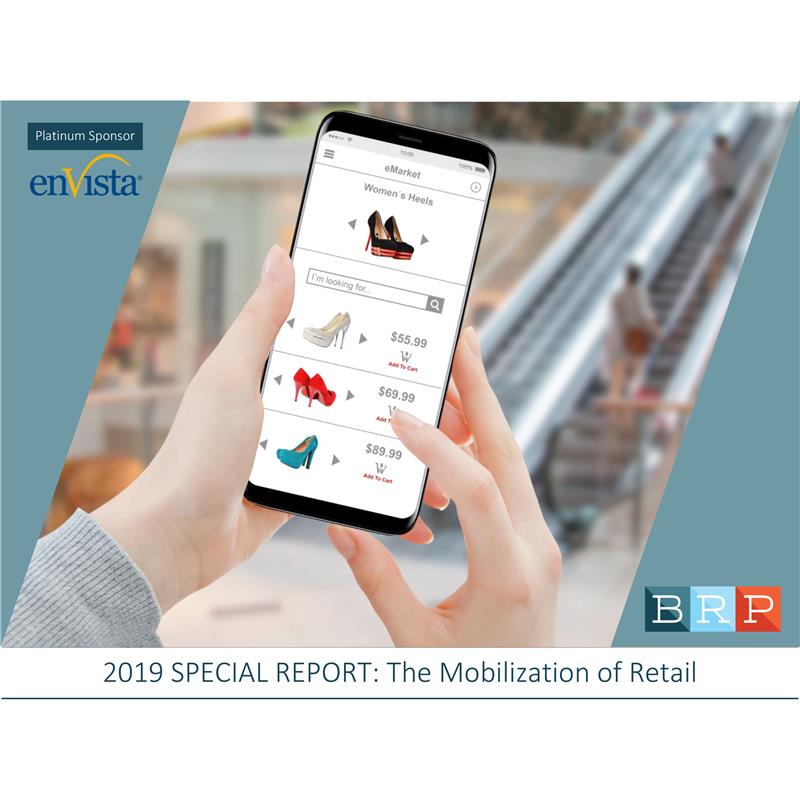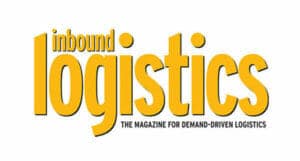enVista announces today it has been nominated as a finalist for Powderkeg’s inaugural Indiana Breakout Tech Cultures Awards.
Boston Retail Partners Special Report – The E-commerce Effect
Learn about the most important key findings from our 2019 report, The E-Commerce Effect, and what these findings mean for your company.
Boston Retail Partners Special Report – The Mobilization of Retail
Learn about our key findings from 2019 about the mobilization of retail and what these findings mean for your company.
Choosing a TMS: How to Make the Right Move
Reading Time: < 1 minute
Transportation management systems (TMS) offer major potential benefits to shippers in the supply chain, but only when companies use due diligence to select a solution that is an optimum fit for their profile and needs. The right TMS offers both savings and process improvement.
Mennel Milling
Learn how the enVista team helped Mennel Milling complete a time-sensitive ERP migration to Microsoft Dynamics 365.
enVista Partners with ADT to Deliver Superior Cybersecurity Services, Comprehensive Visibility
enVista announces it will leverage various managed security services from ADT Cybersecurity, a leading managed security service provider.






